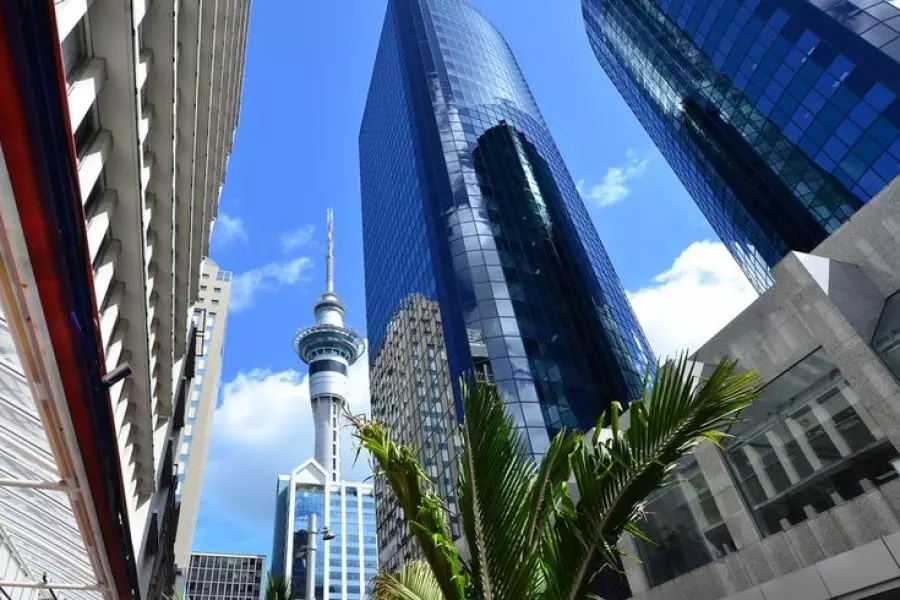
News
How office space will transform

Wednesday 16th of June 2021
It is particularly topical in the world’s gateway cities, many of which have struggled to remain relevant during the depths of the pandemic.
However, as cities move into the next cycle of recovery, offices are expected to re-emerge as the beating heart of reenergised CBDs.
Even so, there is little doubt the role of the CBD office will change, as will corporate requirements...
Want to read the full article?
Click the button below to subscribe and will have unlimited access to full article and all other articles on the site.





![[The Wrap] Bye Bye Bayly](https://goodreturns.publit.io/file/c_fill,w_900,h_600/39f23ac1-f7c7-4854-b700-a150004ebbac.webp)


